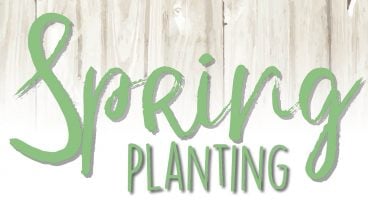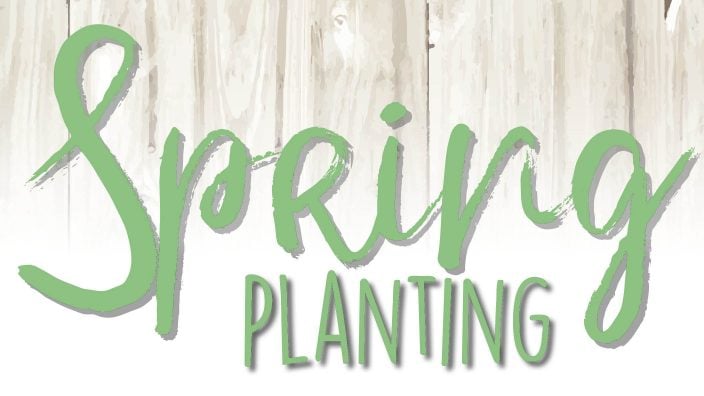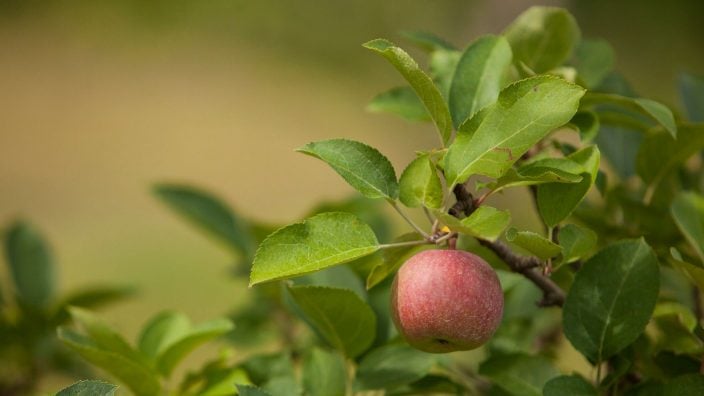Saving blooms from hot then cold temperatures
Weather patterns like we are experiencing this year increase the risk of loss for fruit and ornamental crops.
Read MoreIf you have an overgrown tree, your goal should be to remove one quarter or one third of the canopy to promote sunlight and airflow.
Hello everyone. I hope you have been able to get out to enjoy some of the sunshine and warmer temperatures the last few days. If this weather patterns keeps up, spring will be upon us very quickly.
I’ve already noticed purple deadnettle weeds looking a little more vigorous around our property, peonies poking through the soil, snow drops blooming and aspen trees flowering. It’s a great time to get outside and get a head start on pruning your fruit trees.
When we think of an ideal apple tree for producing fruit, it has very stout branches, a solid vertical leader and relatively few small branches. It is often said that you should be able to fly a paper airplane through the canopy of an apple tree without hitting a branch. If your apple trees look like the Macintosh in my back yard, it does not resemble that description.
Old apple trees are typically pretty gnarly looking with tightly spaced branches, overgrown and difficult to prune. Despite looking like something out of a Grimm fairy tale, they can often produce a plentiful amount of good fruit. Trying to rejuvenate an overgrown apple tree can be a daunting task, but it can be accomplished, although it may not always be advisable.
Getting those old trees back in shape will almost guarantee a loss of fruit for at least one year, if not more. Apple trees start to lose production after about 20 to 25 years, so sometimes it is just better to leave the old tree alone and start fresh with a newer variety.
If you just can’t stand to look at that old tree and you feel the urge to get it back into shape, sometimes deciding where to make the first cut can be daunting. To be honest, it doesn’t really matter where you make that first cut. Don’t be afraid to make one big cut instead of multiple smaller cuts. If you have an overgrown tree, your goal should be to remove one quarter or one third of the canopy to promote sunlight and airflow. As you are pruning your apple tree identify the central leader, or the most dominant branch, and work to create a scaffold of branches off of it. You can find some good illustrations in this fact sheet from Ohio State.
Plants are resilient and most can withstand hard pruning without significant consequences to the overall health of the plant. As my colleague puts it, “when it doubt, cut it out.” Pruning is not an exact science, and you will quickly learn that it is more of an art form. There are thousands of correct ways to prune, and each person has their own preferences and approach. The only wrong way to prune is to make one large horizontal cut at the base of the trunk, unless you want a reason to start with a new tree.
Pruning can be fun, and often it is best to watch someone else do it first to get an idea of what needs to be accomplished. OSU Extension will be partnering with Hartford Orchard for our March into Pruning program March 4 from 9 to 11 a.m. We will be talking about best pruning practices, and get some hands-on experience pruning trees in the orchard. Cost for this class is $15/person and includes a set of handheld pruners. We will start inside, but then move out into the orchard so dress for the weather.
You can register for the class by calling our office at 330-638-6783 or online here.
Enjoy the sunshine and stay safe!
Submitted by Lee Beers, an Agriculture and Natural Resources Educator for OSU Extension – Trumbull County. He can be reached here by email.
OFBF Mission: Working together for Ohio farmers to advance agriculture and strengthen our communities.
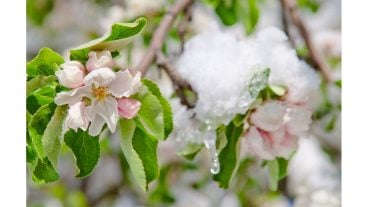
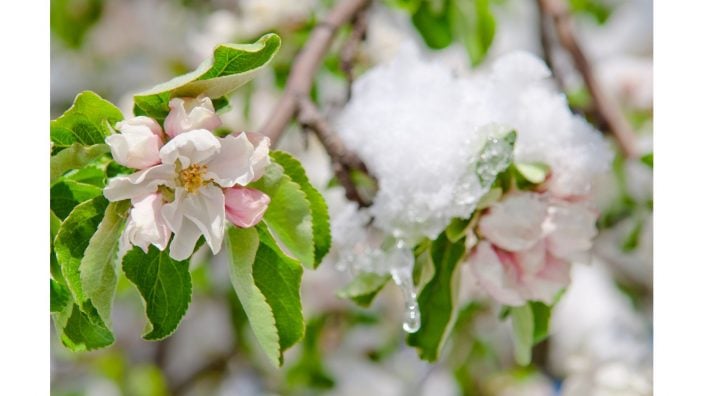
Weather patterns like we are experiencing this year increase the risk of loss for fruit and ornamental crops.
Read More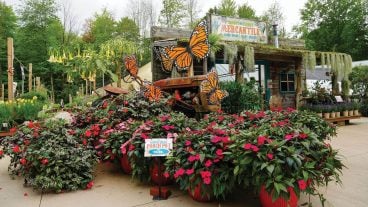
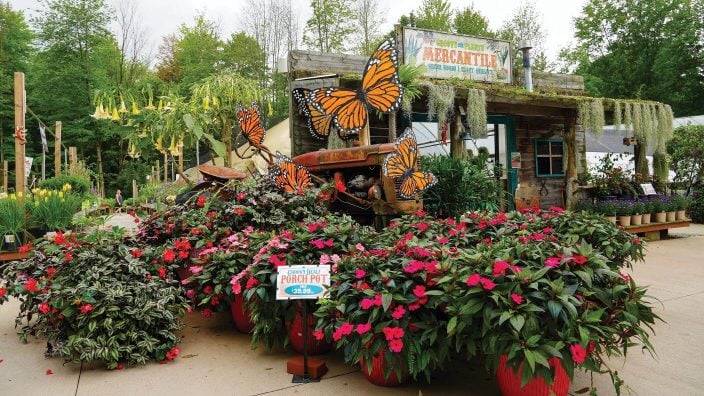
Groovy Plants Ranch is a retail store and tourist mecca with a huge emphasis on unique and unusual plants.
Read More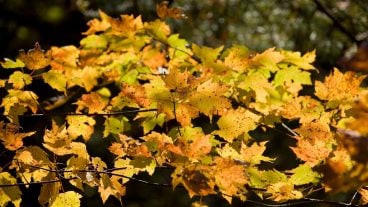
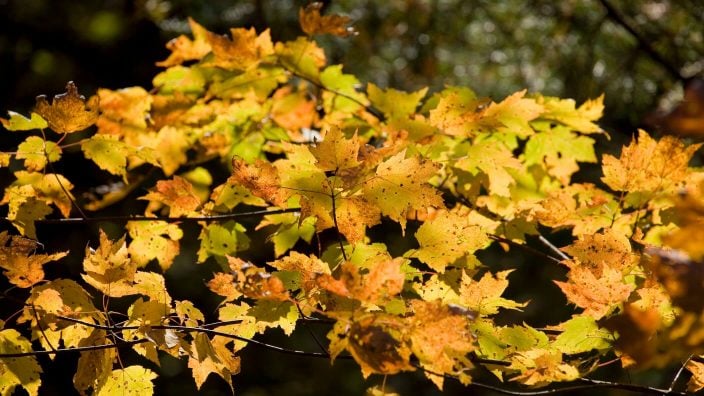
Whatever method you choose, understand there is no right way or wrong way to handle leaves each fall.
Read More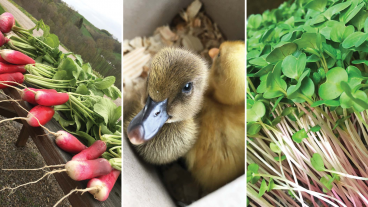
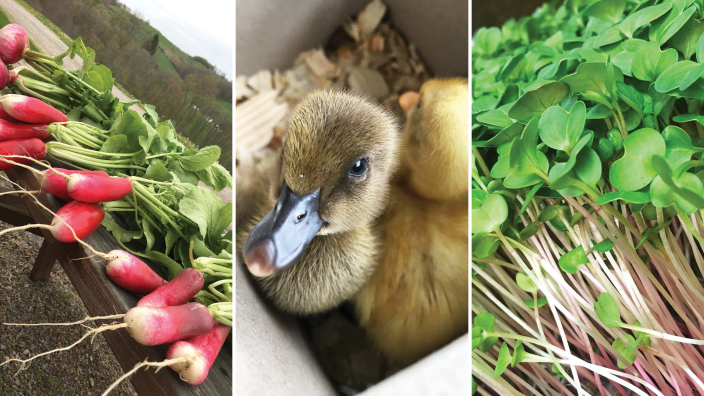
Hard work, dedication and concern for others aren’t quaint concepts at Olde Tyme Farms. These principles helped the 20-acre chicken,…
Read More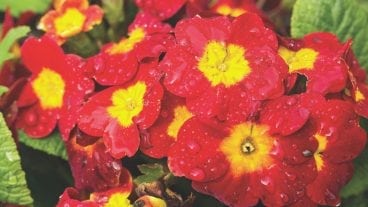
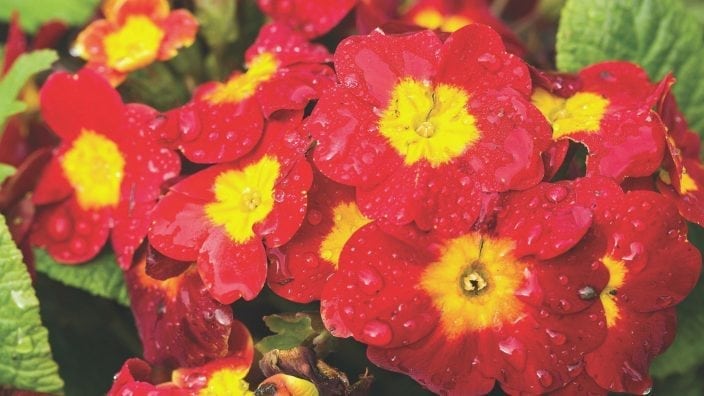
Gold pocket watches, delicate china and heavenly scented flowers are among the heirlooms passed along from one generation to the…
Read More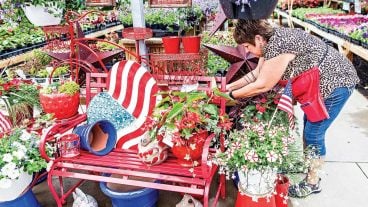
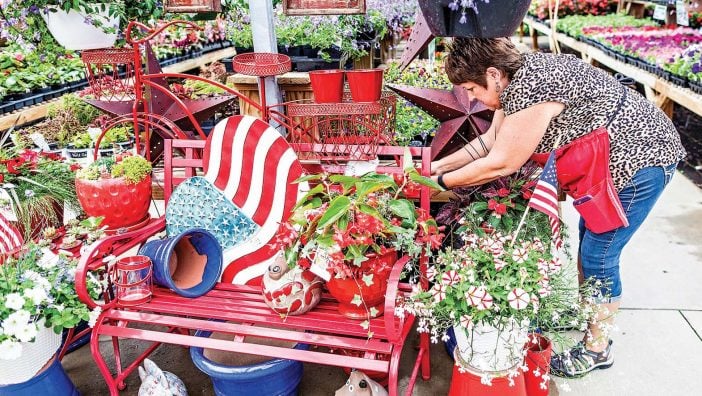
A buzz of activity surrounds the lead-up to Memorial Day for nurseries and greenhouses, like bees hovering around the bright…
Read More

In real estate — and home gardening — one thing to remember is location, location, location. The ideal garden spot…
Read More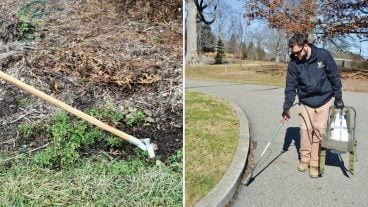
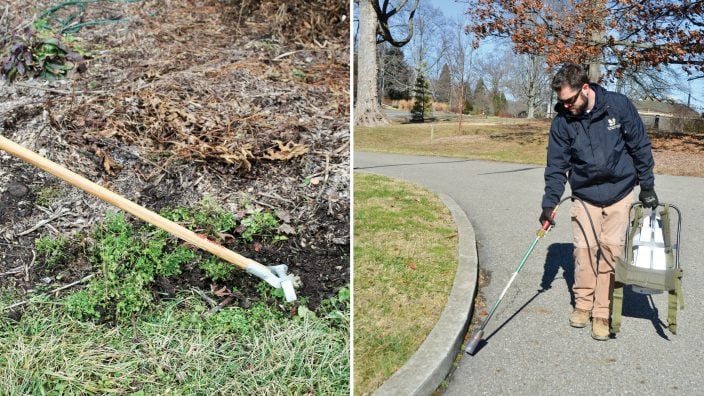
As spring nears, the home gardening chore list grows faster than dandelions. What’s a gardener to do? Perhaps turn to…
Read More
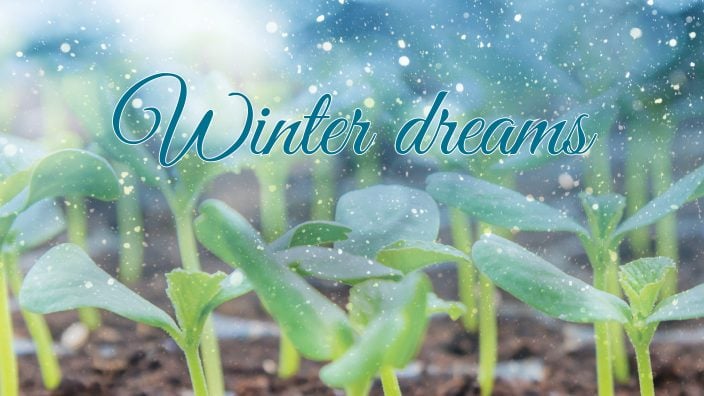
Temptations abound in garden catalogs. To avoid mistakes and over ordering, several master gardeners were consulted for suggestions.
Read More